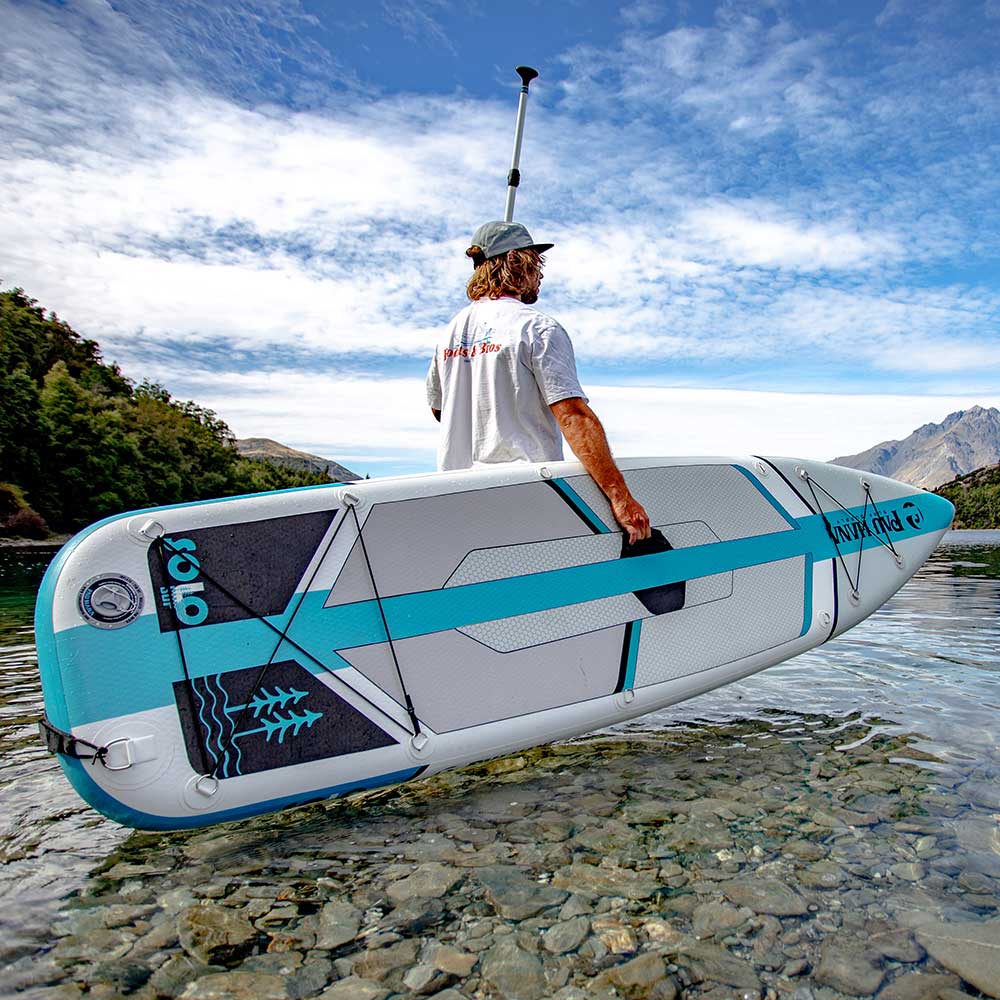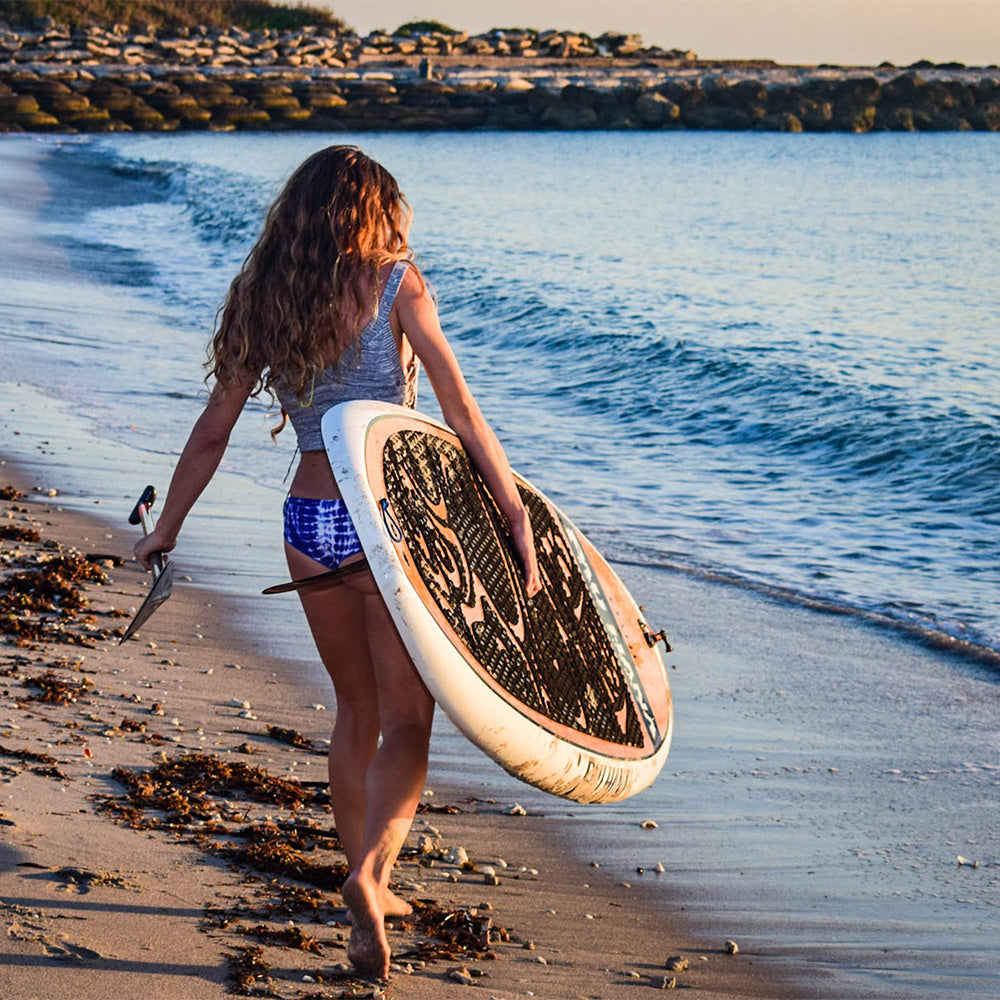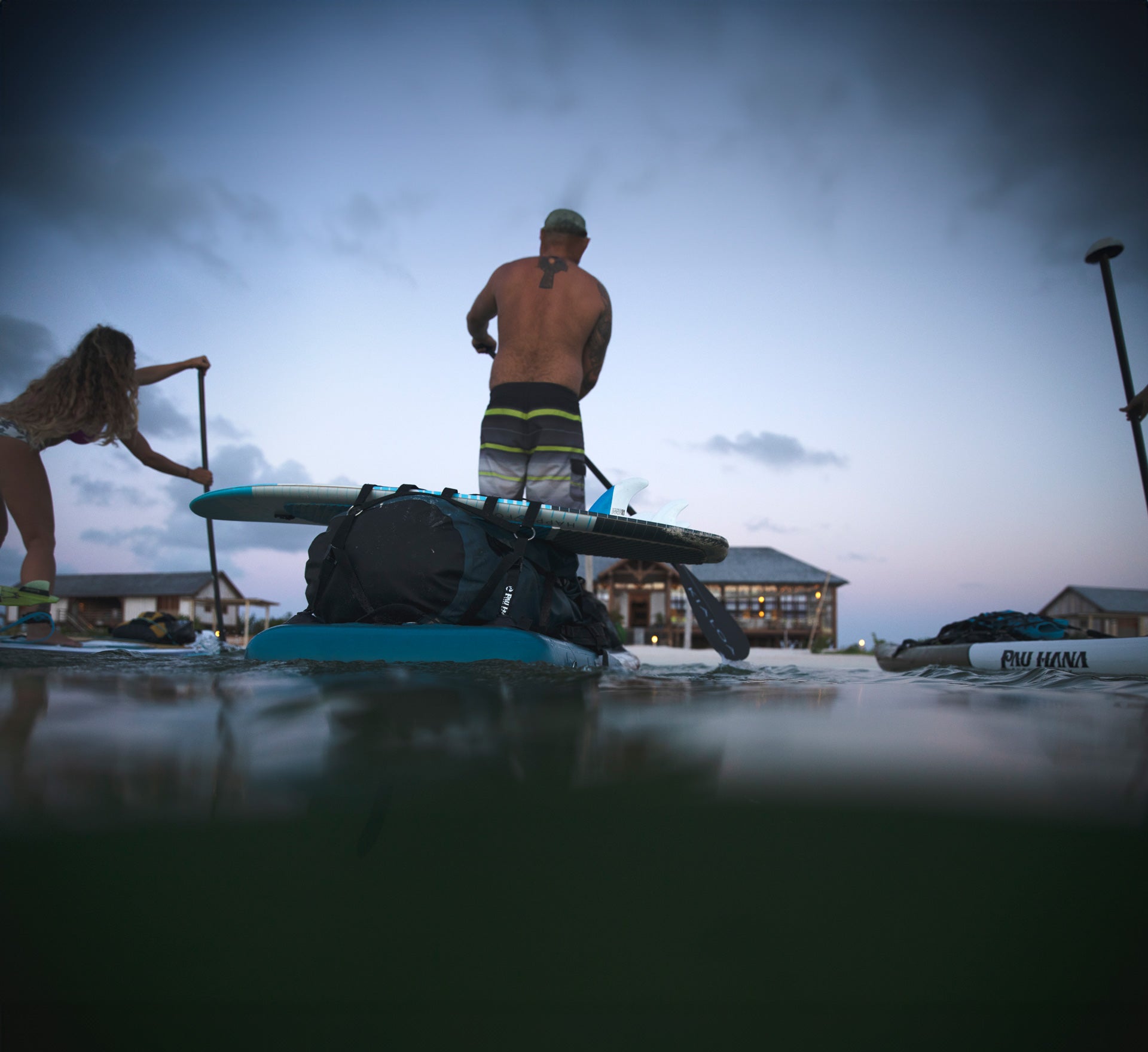Elevate Your SUP Skills: Essential Techniques for Effortless Direction and Control
Starting your journey into stand-up paddleboarding (SUP) is not just about learning to balance on the board, but also about mastering the art of paddling straight. For many newcomers, maintaining a direct line through the water can be challenging, leading to frequent side switches, fatigue, and frustration. However, with the right techniques, you can enhance your paddling efficiency, enabling you to enjoy longer and faster rides across the open waters.


1. Choosing the Right Environment for Practice
Begin your practice in a calm, flat water setting, away from winds that might interfere with your direction. Such conditions provide an ideal learning environment, allowing you to focus on your technique without external factors affecting your control.
2. Perfecting Your Foot Positioning
The foundation of good paddling technique starts with how you stand on the board. Ensure your feet are evenly spaced around the center of the board. This stable stance is crucial for effective paddling and maintaining a straight line.
3. Initiating the Stroke
Begin your stroke by reaching out and placing the paddle blade as close to the board as possible, with your arms extended. Your hands should be stacked directly above each other along the paddle shaft, creating a straight line from your top hand to the water. This alignment is key for a powerful and controlled stroke.
4. The Power of the Paddle
Immerse the paddle blade deeply into the water, covering most or all of it. Start the stroke with your chest turned slightly away from the paddle, and as you pull, rotate your chest back to the forward position. Engage your core muscles, keep your back straight, and maintain a slight bend in your knees throughout the stroke.
5. Keeping the Paddle Close and Aligned
As you pull the blade towards your body, ensure it runs parallel and close to the edge of the board. This alignment is essential for straight tracking. Use your core to twist and release the blade from the water when the shaft aligns with your hips. This point marks where the stroke's power diminishes, making it the optimal time to release for an efficient stroke.
6. Reducing Board Rotation
Extending the stroke beyond your hips can cause the board to turn, which is why releasing the paddle at hip level is crucial. This technique minimizes the board's tendency to veer off course.
7. Focusing on Your Destination
A useful tip for maintaining a straight line is to fix your gaze on a specific point – be it a horizon landmark or a buoy. This focus can subconsciously guide your body and board, aligning your movements towards your target.
By integrating these techniques into your paddling routine, you’ll soon find that keeping your paddleboard tracking straight becomes more intuitive and less tiring. This mastery not only enhances your efficiency on the water but also opens up new avenues for adventure and exploration in the world of stand-up paddleboarding.
Check out this handy video on basic paddle strokes, courtesy of REI:
PADDLING STRAIGHT FAQs
Why do I struggle to keep my paddleboard straight?
It's common for beginners to find it challenging to maintain a straight line. This often results from inconsistent paddling techniques, imbalanced standing posture, or not understanding the dynamics of the paddle and board.
How important is foot positioning in straight-line paddling?
Foot positioning is crucial. A balanced stance, with feet evenly spaced around the center of the board, provides the stability needed for effective paddling and directional control.
Can paddle length affect my ability to paddle straight?
Yes, using a paddle of incorrect length can lead to inefficient strokes, making it harder to maintain a straight line. An adjustable paddle can help you find the right length for your height and paddling style.
Should I always look straight ahead when paddling?
Focusing on a distant point ahead can help maintain a straight line. However, it's also important to be aware of your surroundings for safety.
How does the paddle blade position influence my direction?
The blade's position relative to the board is key. Keeping the blade close to the board and aligned parallel helps in tracking straight and reduces the need for frequent side switches.
What is the best way to practice straight-line paddling?
Practice in calm, flat water conditions. Focus on consistent stroke techniques, maintaining a stable stance, and aligning the paddle correctly. Over time, muscle memory and confidence will improve your ability to paddle straight.
How do I correct my course if I start veering off?
Adjust the angle of your paddle stroke. Paddling closer to the board keeps you straight, while paddling farther out can help correct your direction.
Is core strength important in straight-line paddling?
Yes, a strong core is essential. Engaging your core muscles during paddling provides stability and power, aiding in maintaining a straight line.
Can wind and currents affect my ability to paddle straight?
Wind and currents can certainly impact your direction. It’s important to learn how to adjust your paddling technique to compensate for these environmental factors.
How often should I switch sides when paddling?
The frequency of switching sides depends on your technique and comfort. With proper technique, you'll find the need to switch sides less often, allowing for more efficient and longer paddling sessions.










